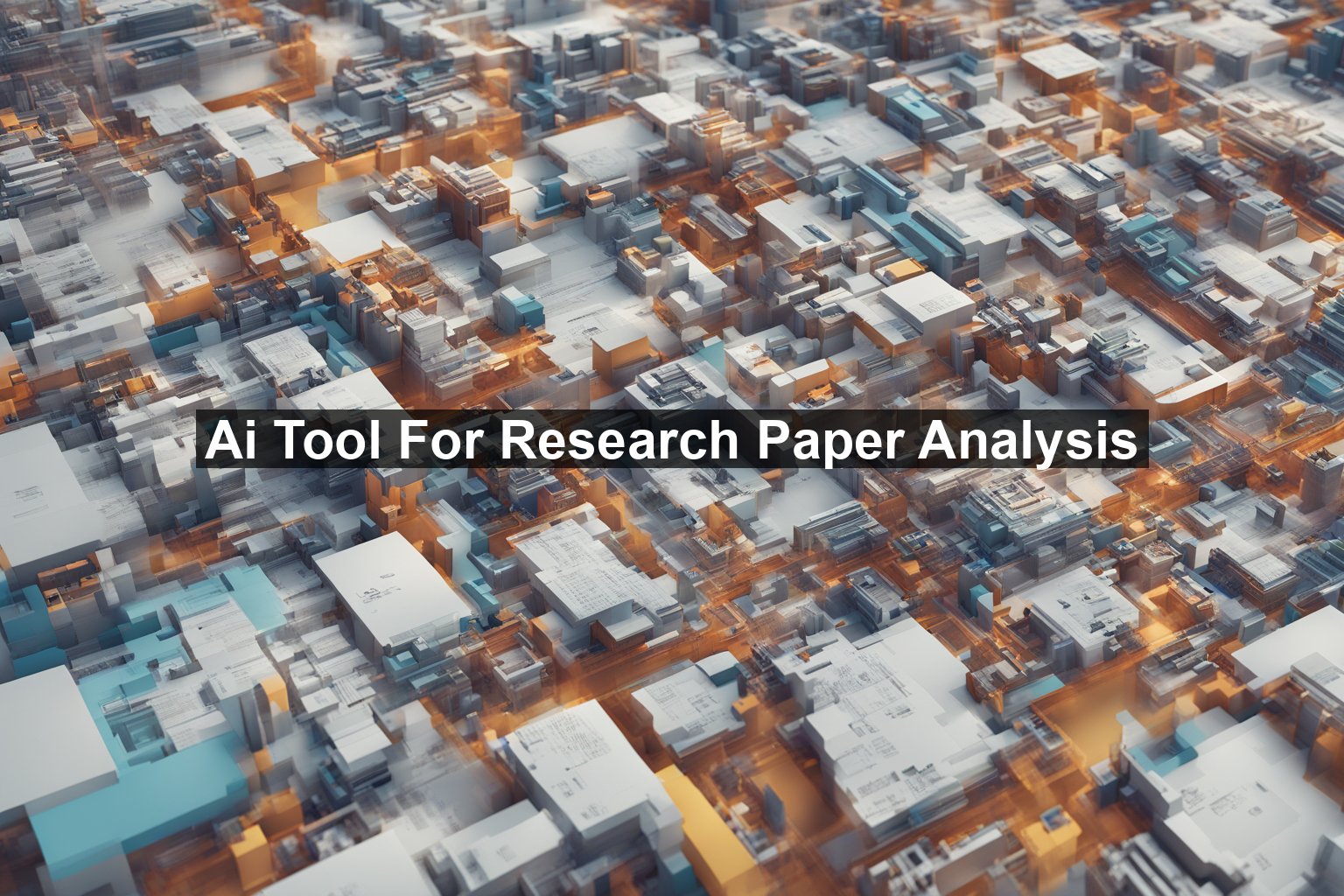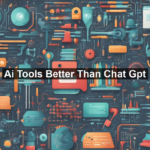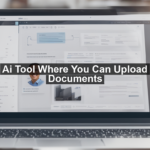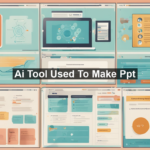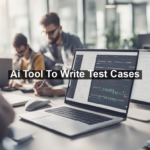Imagine having a tool by your side that not only helps dissect dense research papers but also guarantees you never miss a critical insight. The advent of AI tools designed for research paper analysis is a game-changer for students, scholars, and professionals alike. These intelligent tools offer an unparalleled ability to interpret, summarize, and critique research documents with incredible accuracy and efficiency. Have you ever wondered how you could use this technology to level up your academic or professional game? Let’s delve in deep and explore the myriad benefits, applications, and tips for utilizing AI tools for research paper analysis effectively.
Why Use AI for Research Paper Analysis?
The world of academia and professional research appreciates nothing more than accuracy, efficiency, and depth. Here are some compelling reasons why AI tools are becoming indispensable in research paper analysis:
Nobody relishes the idea of wading through endless pages of research jargon. AI tools can sift through countless pages in moments, summarizing key points and saving you valuable time.
Modern AI tools are designed to understand context, keyword relevance, and semantic meaning, ensuring they provide accurate analysis unmatched by a quick skim.
AI goes beyond summarizing; it interprets data, identifies trends, and even predicts future research gaps.
For further reading on AI’s growing impact in this field, check out this detailed [article here](https://www.nature.com/articles/d41586-019-03228-6).
How Does an AI Research Paper Analysis Tool Work?
Understanding the mechanics behind these intelligent tools can help you leverage their full potential. Here’s a simplified breakdown:
Data Input and Preprocessing
Initially, you feed the AI tool with the research paper. The tool preprocesses the content by eliminating superfluous data and focusing on key segments.
Natural Language Processing (NLP)
Using NLP, the AI comprehends the text’s semantic structure, deciphering complex terms, identifying key themes, and categorizing information effectively.
Analysis and Interpretation
Once the document is understood, the AI tool can analyze data patterns, critique arguments, and even predict potential future research directions.
Applications Across Different Fields
Different disciplines make use of these AI tools in unique ways. Here’s a glimpse into how various fields benefit:
Academic Research
In academia, these tools help students and researchers:
Condensing complex papers for quick reviews.
Pointing out important citations and references that might otherwise be missed.
Learn more about academic applications of AI tools in this informative [study](https://www.jstor.org/stable/26338576).
Medical Research
Medical researchers use AI for:
Thousands of medical papers are published annually. AI can scan and summarize these, helping researchers stay up to date.
AI intelligently analyzes patient data and treatment outcomes, pushing the boundaries of medical innovations.
Corporate Research
For businesses, AI tools assist in:
Understanding market trends and predicting consumer behavior based on existing studies.
Quickly summarizing competitor research and business strategies.
Choosing the Right AI Tool
Selecting the perfect tool for your needs can be overwhelming given the many options available. Here’s what to look out for:
User-Friendly Interface
An intuitive and easy-to-navigate interface enhances user experience and saves you from a steep learning curve.
Customization Options
The ability to tweak and tailor the tool to fit specific research needs is a big plus.
Integration Capabilities
Ensure the tool can integrate with other software you use, like reference managers or data analysis tools.
Credible and Regular Updates
Opt for tools maintained and updated regularly to keep up with evolving research methodologies.
For a comprehensive guide on selecting the right AI tool, refer to this [detailed resource](https://medium.com/@datascience_lessons/choosing-the-right-ai-tool-for-your-research-e6beacbdb29b).
Tips for Maximizing AI Research Tools
Here are some tips to ensure you’re getting the most bang for your buck:
Ensure the input research paper is of high quality to get the best analysis.
Keep the software updated to benefit from the latest advancements.
Don’t hesitate to use two or more tools in tandem for comprehensive analysis.
Ethical Considerations
While AI tools offer remarkable benefits, it’s essential to be mindful of ethical considerations:
Ensure the tool complies with data protection laws and keeps your research confidential.
Choose tools that offer transparency in how they process and analyze your data.
Remember, AI tools are aids and should not replace human oversight and contextual understanding.
In a world where time is an incredibly precious resource, AI tools for research paper analysis stand out as indispensable allies. Whether you’re a student, academic, or corporate researcher, incorporating these intelligent tools into your workflow can significantly elevate the quality of your work and efficiency. Embrace the future of research with AI and never look back.
